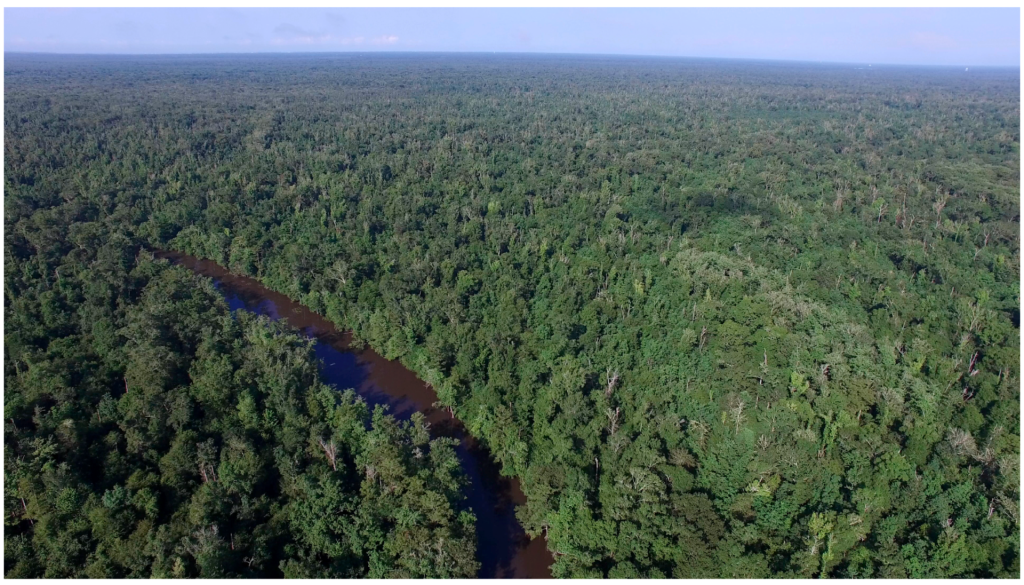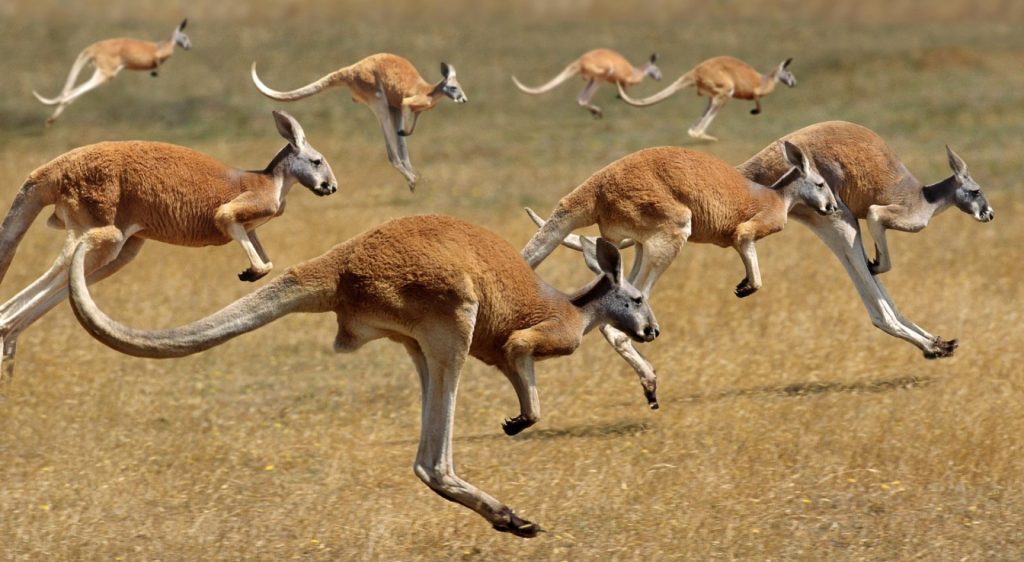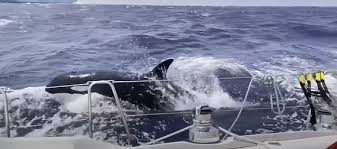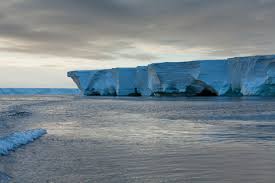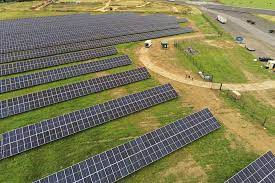
The UK has set a hard target of 100% green electricity by 2030, but unfortunately, at the current time, its investments are not keeping up with its targets.
It is estimated that the UK need £48 billion to get to this target in time. This target would require a doubling of the onshore wind capacity, a tripling of solar power and a quadrupling of offshore wind capacity.
The current thinking, is that the UK is just half way to the wind energy target in 2030, however with solar it is worse. Currently we have roughly 15GW installed capacity, but it is predicted that we need 70GW to meet our target. Current progress suggests that we will hit 44% renewable by then, which is far short of the 69% that would be required.
What is worse, is that at this rate, gas will still account for 29% of energy which would be more than the individual contribution of Solar, onshore wind or offshore wind. It should be noted, that it is thought that meeting this target on time, will be worth far more in savings, but there does not seem to be enough urgency from the UK government to push this forwards.
It should be noted, that we have just had a change of government, and if Labour continues as it has started, we should get back on track.
In the summer, a government report found that the policies put in place by Rishi Sunak were only good enough to meet roughly 1/3 of the carbon reduction that we had pledged to make in the Paris climate agreement of 68%.

